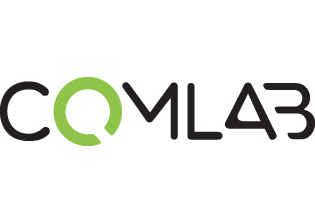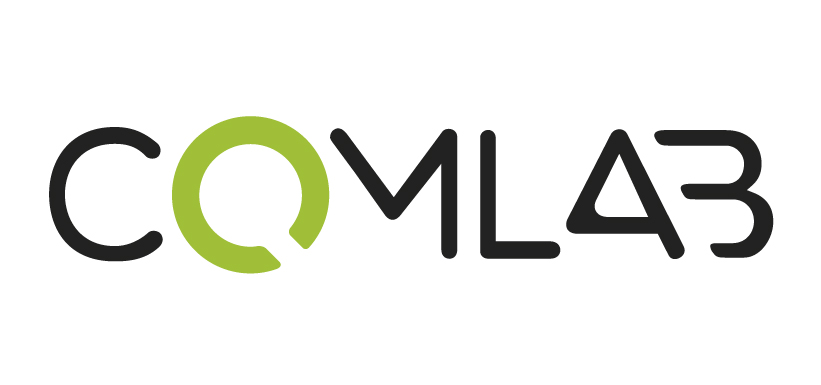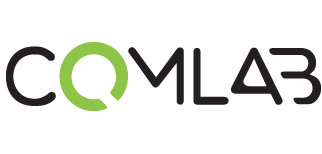Graphic design? Illustration? What seems to be the difference?
In our line of work, we noticed that graphic design and illustration are often confused with each other. Clients occasionally request our support as a graphic design agency even when they should actually get in touch with an illustrator. Time and again we hear people saying “we find this graphic layout rather underwhelming” or “we need your help to add graphics to this content”, as further proof of how these two terms—graphic design and illustration—are often mixed up. Design and art are increasingly accessible, and this makes it easier, not to say unavoidable, that people who do not work in the industry end up by confusing these branches: after all, while markedly different, they are also clearly interconnected.
A little clarity on the issue is probably due: the main difference between graphic design and illustration lies in the context in which they are used. Graphic design is expected to produce an orderly, aesthetically pleasing layout to the content consisting of text and pictures; it is a discipline requiring the knowledge of the basic principles of visual perception. Also note that when we hear ‘graphic design’ we tend to think of the advertising or packaging industry, yet even an underground ticket displays its share of graphic design. On most occasions, illustration is a creative artistic process aimed at providing a suitable context for the content and to highlight it with the same strong evocative force of a photograph, without using an actual photograph.
About graphic design
By graphic design we mean the art of rearrange a given content—be it present as text, images or drawings—with the aim of making it aesthetically more appealing. In his profession, a graphic designer will exploit whatever tools and skills are available to support the client company in devising a more effective, clear way to express what they need to be. The purpose of all this will be the achievement of some well-defined goal, such as increasing the sales of a product, publicise a specific message, or address a company’s perceived communication problem.
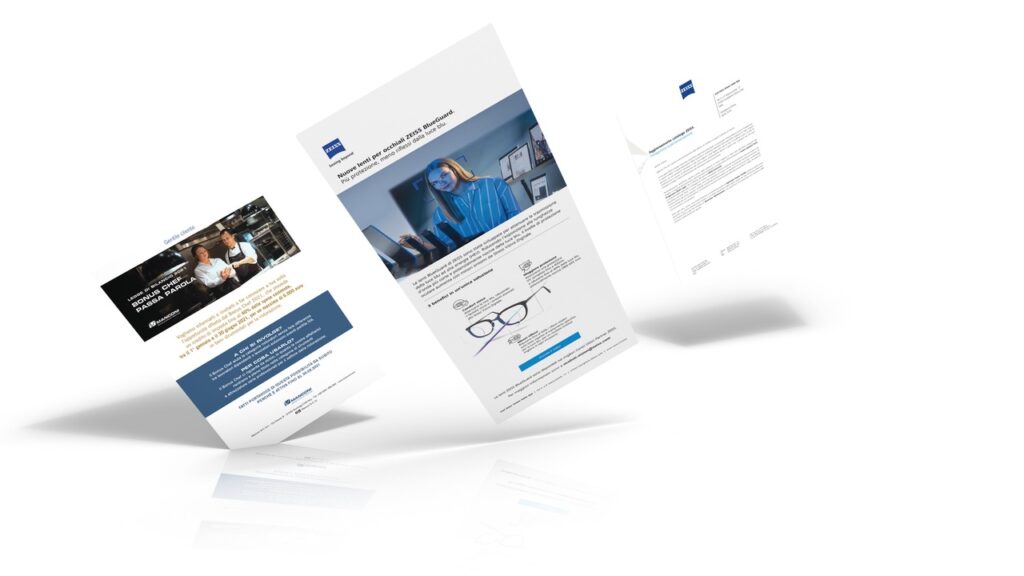
For example, let us take a newsletter. It might have been created as a Word document handed over to us as a starting point; we would then carefully choose which fonts and colours to use, where to place the company’s logotype, which images would be suitable and so on. Or it could be some kind of infographics, that is, a visual representation of data and concepts in order to clarify the results of a study or a research and make them easier to understand.
To put it simply, a graphic designer is supposed to convey someone else’s ideas, visually and using any element which may prove useful—including illustration, whenever necessary.
About illustration
By illustration we mean something—a drawing, a painting, a more or less retouched photograph—can be used to provide a visual outer layer to the message being conveyed so as to make it more exciting. Publishing houses frequently resort to illustrations, as they may be used to embellish text and enhance its intelligibility, as well as in advertising, in the film industry or as a sketch in the storyboard of animated films.
A professional illustrator, sometimes also described as a visualizer, will be able to visualize a concept giving birth to ad hoc artwork, recognized as intellectual property. On the contrary, the work of a graphic designer, however protected by an effective agency policy, does not fall under the purview of the legislation concerning intellectual property assets.
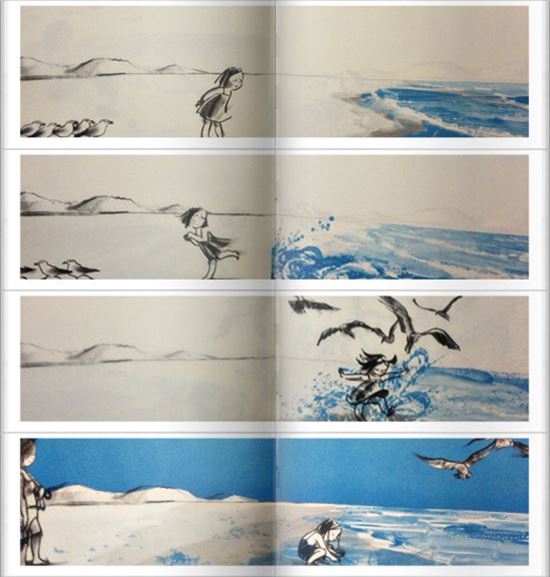
The Wave by Suzy Lee, Edizioni Corraini (2008)
Illustration implies sensitive creativeness; they are mean to narrate something, brighten up a text, maybe even induce daydreaming. Just think of children’s books, where text is almost negligible and the story is told through a sequence of images. Illustrations are mostly created on paper, but an increasing number of them is partially or entirely drawn using computer-assisted methods; as to distribution, many formats are available, including digital as well as more conventional ones.
Graphic design and illustration
What happens when we decide to combine graphics design and illustration, having them talk to each to each other, as it were?
Graphic designers and illustrators—simultaneously yet within their own peculiar scope of practice—can take advantage of the visual perception principles they are familiar with and therefore find the proper way to devise a compelling method to convey the desired concepts. As a case in point, we may touch upon our successful work with Fabio Folla, to whom we resorted as we needed to come up with a number of characters to populate the 2010 ZEISS calendar. We spent some time working out the various characters together with him; he was then able to depict twelve ‘best practice’ instances in an equal number of amusing sketches 12: these he created as vector images with his computer, something which enabled us to colour them blue to match the hue of the historical Zeiss brand.
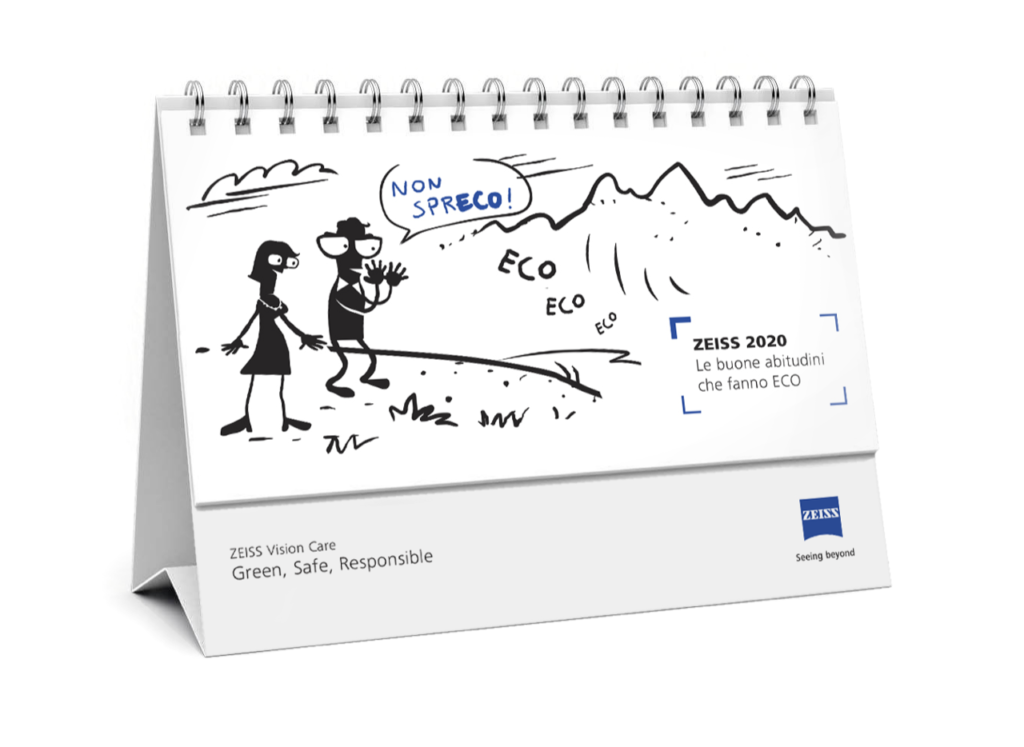
For smaller projects there may be no need to bring up a full-fledged illustrator; one may just learn how to pick suitable elements from the many available image banks, considering that they are downloadable in file formats which allow people to colour or otherwise modify them. For instance, we lately downloaded images based on typical Japanese textures as patterns for corporate folders intended for a company whose board includes a relevant quota of Japanese-based shareholders
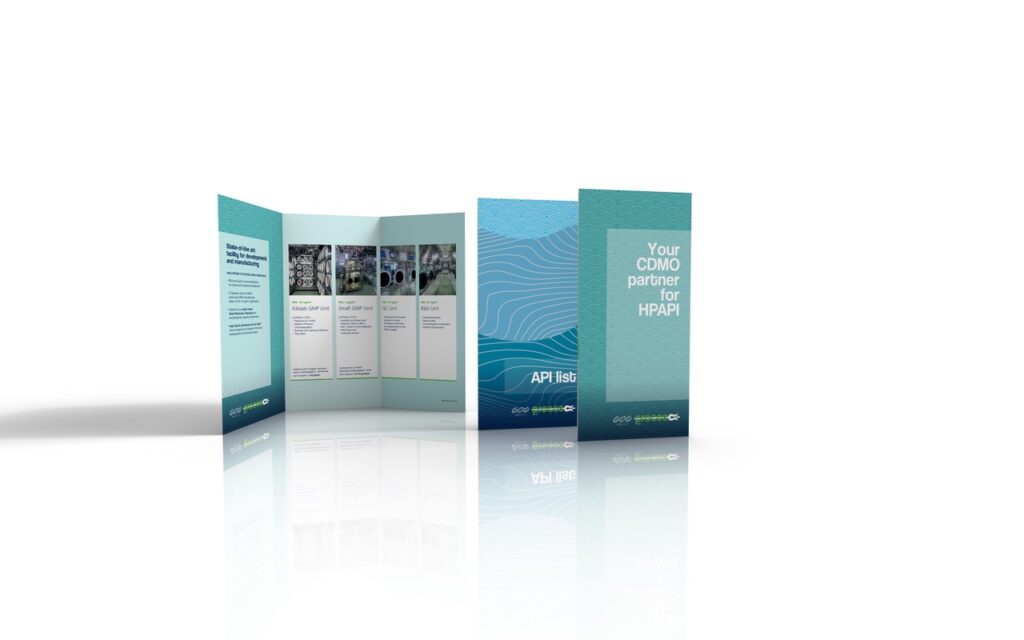
Now that we have made the difference between graphic design and illustration quite plain, the next step: ask us and we shall set up a successful communication exploiting the synergistic effect of graphic design and ad hoc illustration. We look forward to hearing from you!
